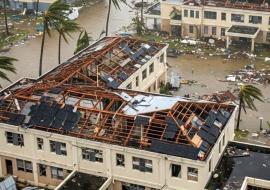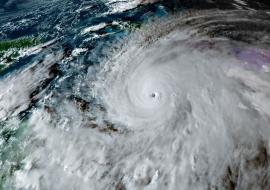Tropical Storm Warning Issued for Parts of Texas, Mexico

The National Hurricane Center (NHC) has issued some of its first storm warnings for the 2024 hurricane season, signaling the onset of potentially severe weather conditions.
This week, the NHC is closely monitoring two storm systems, one of which is expected to escalate into a Tropical Storm later this week, currently classified as a “potential tropical cyclone.” The other system is also designated as a “potential tropical cyclone.” Both are advancing towards the Atlantic coast of North America, raising concerns about coastal impacts.
The more critical of the two systems, identified as a potential tropical cyclone, poses a significant threat. This storm could initiate coastal flooding along the Texas coast as early as Tuesday morning, with Tropical Storm conditions beginning on Wednesday over the southern Texas coast. The storm is expected to make landfall on the coast on Wednesday night into Thursday morning.
The NHC has already issued a few warnings for the storm, including a Tropical Storm Warning for the area from Port O’Connor south to the Rio Grande and a Tropical Storm Watch for the northeastern coast of Mexico, from the Rio Grande to Puerto de Altamira.
If these warnings hold, the storm would miss hitting Texas' major hubs, including Dallas and Houston, head-on, but could bring up to 15 inches of rain to Northeast Mexico and South Texas. It could also cause water levels to rise (between two and four feet) in Galveston Bay, which could impact some cruise ships.
The other storm system, moving through the Caribbean Sea and Gulf of Mexico, has a high chance of forming into a Tropical Cyclone today, according to the NHC. However, it remains uncertain whether or not it will impact land. Currently, the storm is "several hundred miles east of the Bahamas" and on track to approach the coast of the Southeastern U.S. on Friday.
Much remains unknown about the potential of the second system. The NHC expects to issue more details as it moves through the Caribbean Sea over the next few days.














